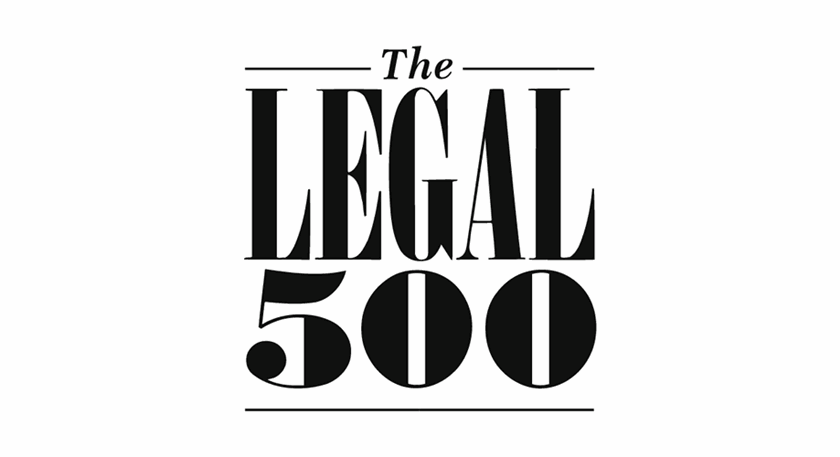Is your charity running a business?
News

The application of VAT law to charities appeared to turn a corner in September when the Court of Appeal decided in favour of HMRC in the case of Longridge on the Thames v HMRC [2016] EWCA Civ 930. The judgment revises the criteria for determining whether, for VAT purposes, a charity is carrying on a business when it requires payment from recipients of its charitable services. The case is most directly relevant to charities involved in building projects where the charity expects to recover VAT on the construction costs because the building will be used exclusively for charitable purposes rather than business purposes.
The facts of the case
Longridge is a charity which provides water-based and outdoor activities to the general public for recreational and educational purposes. When the charity built a new training centre it assumed that the construction supplies would be zero rated on the grounds that the new building was intended solely for relevant charitable purposes. HMRC considered that the activities of Longridge amounted to a business and rejected Longridge's VAT recovery claim.
The financial set-up of the charity was central to the case. This was as follows:
- Longridge had a published list of fees payable for the activities it provided;
- Charges were sometimes discounted or waived, depending on ability to pay;
- Trustees set charges at the lowest rate possible to cover operation costs and to maintain the long-term viability of the charity;
- The charity was subsidised by donations and grants and by volunteers who worked for free;
- Capital investment was funded by donations and grants and not from the income received.
EU law versus UK law
The recent EU case of Commission v the Netherlands (Case C-235/85) revisited the definition of "economic activity" (which, for this purpose, is equated with the concept of "business" in UK law). The EU test focussed on whether there was a direct link between the service and the payment made for that service and downgraded other considerations such as whether the provider had a charitable motive.
The UK courts' approach had been different. They took into account the "predominant concern" of the service provider. If, as in the case of a charity, the predominant concern was the furthering of charitable objectives rather than the making of supplies for payment then the supplies could be classified as non-business. In other words, the wider context could be a determining factor.
In Longridge the Court of Appeal held that the UK courts' approach was incompatible with EU case law. It held that when considering whether or not an activity was "economic" the "General Rule" is that economic activity exists where there is "a permanent activity carried out in return for remuneration received by the person carrying on the activity". The General Rule can be displaced either by (i) evidence that there is no direct link between the service and the payment or (ii) other evidence showing there is no economic activity.
It was agreed by both sides in Longridge that the conditions of the General Rule were met and that, given the fee structure, it was not displaced by there being no direct link between the service and the payment for it. The remaining question was therefore whether the General Rule could be displaced by "other evidence". The court held that it could not be displaced by reference to the charity's "predominant concern" or by how it relied on grants and donations or by how it set its fees.
Fly in the ointment
After Longridge was heard the CJEU released its judgment in the case of Gemeente Borsele (Case C-520/14) which has muddied the water somewhat. The case concerned whether, in providing school transport services in return for modest contributions, a Dutch municipality was carrying on an economic activity. As there was a "lack of symmetry" between the operating costs and the contributions the court held that the direct link test was not met and the bus service was therefore not an economic activity. Thus far, the judgment was in line with Longridge. However, the CJEU also stated that "the existence of a supply of services for consideration....is not sufficient to establish the existence of economic activity". The court considered that one way of ascertaining whether the activity was an economic activity would be to examine all the circumstances in which a service is supplied and to compare the service with how the same type of service is usually provided (eg in the open market). It seems from these further comments that the wider context of the supply can now once again be a determining factor.
It is not easy to reconcile the Gemeente Borsele and Longridge judgments. One could conclude that the non-business features of an activity are still relevant and can, potentially, override the General Rule, but that they should no longer be presented as evidence of a charity's "predominant concern" since this concept has now been discredited. Alternatively, it could be that the way the General Rule was applied in Longridge was too narrow.
Where does this leave charities?
A number of principles set out in the Longridge judgment are useful rules of thumb. These are as follows:
- There is no special rule for a charity and it is not decisive that the purpose of the activity is to further charitable aims;
- The court must have regard to the objective character of the transaction and not to the intention of the taxable person;
- A profit motive is not required and it is not relevant that the payment is at a concessionary rate;
- Where the charges made by the supplier are either nominal or bear little relation to the actual cost of the supply the link may not be sufficiently direct for there to be an economic activity.
Sadly, the above considerations cannot (individually or collectively) be used to determine whether a charity is or is not engaging in a business activity and each case will turn on its specific facts. Furthermore, a number of UK and EU cases are waiting in the wings so the arguments are very much ongoing and should be monitored by charities and their advisers.
This publication is a general summary of the law. It should not replace legal advice tailored to your specific circumstances.
© Farrer & Co LLP, November 2016






